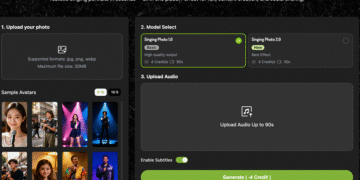The expansion of RADV audits in 2025 has changed the conversation for every health plan leader. It is no longer about whether an audit will come, but how prepared your organization is when it does. Financial exposure is real, but so is the reputational risk that comes with coding inaccuracies and vendor missteps. Health plans that want to safeguard both must put vendor oversight at the top of their strategic list.
The Stakes Are Rising
CMS and the OIG have made it clear: they expect coding accuracy supported by evidence-based documentation. Errors once dismissed as oversights now trigger scrutiny and penalties. At the same time, health plans juggle multiple vendors across retrospective reviews, chart retrieval, and prospective risk adjustment. Without clear oversight, even one weak link can expose millions in lost revenue or compliance fines.
Why Vendor Oversight Matters
Oversight is not about micromanaging—it’s about trust backed by transparency. A health plan CFO will ask whether each vendor can demonstrate measurable ROI. A CMO will look for reassurance that providers are not burdened with extra administrative steps. A CEO will want alignment with the plan’s value-based care objectives. Strong vendor oversight ensures all three priorities are met.
Plans that succeed create structured checkpoints:
- Reviewing vendor methodologies for explainable AI and clinical validation.
- Demanding coding accuracy supported by MEAT evidence, not assumptions.
- Monitoring turnaround times to ensure chart reviews and coding are completed before submission deadlines.
- Requiring integration that doesn’t disrupt provider workflows but enhances them.
Avoiding the Cost of Complacency
Case studies from multi-state health plans show the impact of getting this right. Organizations that lacked vendor oversight lost millions in CMS reimbursements due to missed conditions and incomplete documentation. Those that enforced accountability uncovered thousands of missed codes, improved provider satisfaction, and avoided downstream compliance challenges. The difference was not technology alone—it was how rigorously the vendors were managed.
A Human Approach to Oversight
The most effective health plans treat oversight as an ongoing partnership rather than a box to check. This means engaging vendors with the same seriousness as internal teams: reviewing outputs, asking tough questions, and aligning incentives to long-term compliance and quality goals. It is about creating a culture where technology partners help clinicians spend more time with patients and less on administrative burden, while financial teams gain confidence that every chart reviewed is audit-ready.
Final Word
With RADV audits in 2025 poised to expand, health plans have a choice. Either assume vendors are doing the right thing and risk unpleasant surprises, or embrace oversight as a strategic advantage. By holding partners accountable and building transparency into every review, plans not only protect their bottom line but also reinforce their commitment to quality care. Vendor oversight is no longer optional—it’s the foundation of resilience in the years ahead.











































































